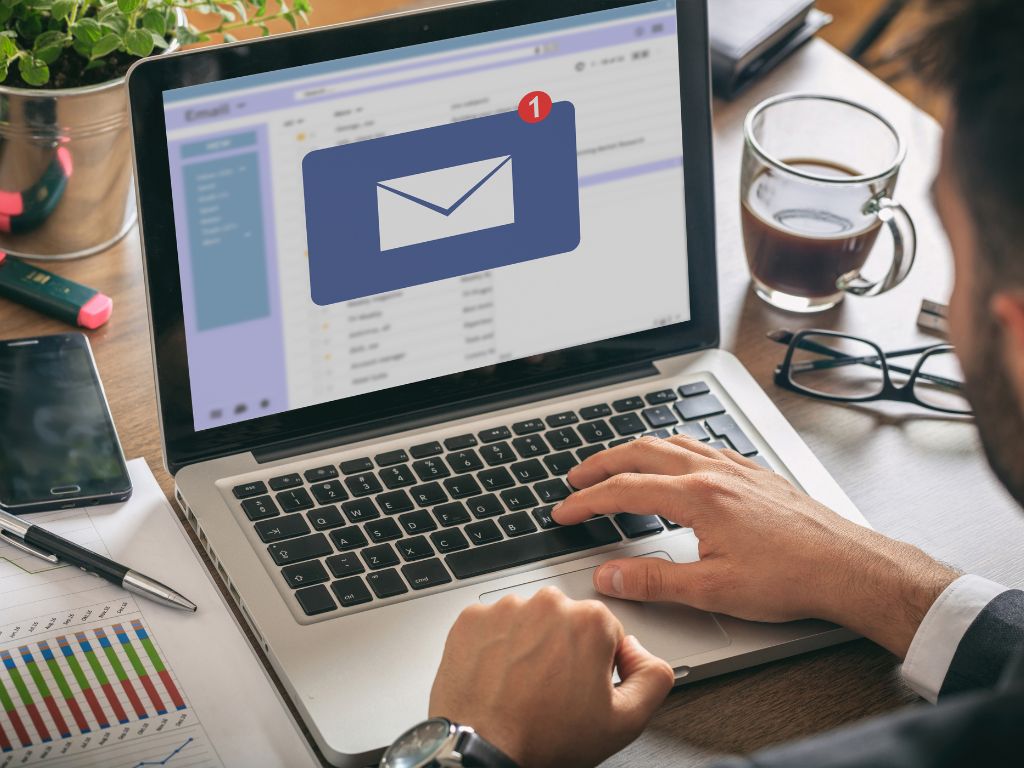Email marketing is a tried-and-true method for connecting with potential customers, especially in the edtech sector, where outreach is key to building relationships and driving sales. It’s cost-effective, scalable, and, when done right, highly targeted. But even with all its advantages, many companies still struggle to make email campaigns truly effective.
That’s because simply sending emails to a large list isn’t enough to guarantee success. While it might seem like the logical approach to cast a wide net, it’s often a case of hoping for the best, without the assurance of tailored messaging that truly resonates with your audience.
So, how can you make your email campaigns more effective? The simple idea is this: Don’t press ‘Send to All’. Instead, take the time to test your emails on a smaller segment of your target audience first. By doing so, you can optimise your campaign before reaching a wider audience, resulting in higher engagement and, ultimately, more conversions.
Why ‘Send to All’ Isn’t Enough
It’s easy to fall into the trap of sending your email campaign to everyone at once. The goal is clear: to reach as many potential customers as possible and generate responses, whether that’s through open rates, click-throughs, or direct enquiries. But the problem with this approach is that it assumes your email is perfect from the get-go—and, more often than not, it’s not.
There’s no one-size-fits-all when it comes to messaging. What works for one segment of your audience may not work for another. Email recipients come from diverse backgrounds, with different pain points, priorities, and buying behaviours. If your email isn’t tailored to those differences, it’s unlikely to perform as well as it could.
Things to consider:
- Audience segmentation: Are you sending the same message to everyone, or have you broken your list into targeted groups? Segmenting your audience based on factors like job role, location, and specific pain points can make your emails more effective.
- Subject line and content variations: Your subject line is the first thing your audience will see. If it doesn’t grab attention, the email will likely remain unopened. Testing different subject lines and email formats can help you understand what works best for your audience.
The Power of Testing Your Email Campaign
Instead of pressing ‘Send to All’ right away, try sending your email to a smaller group first – let’s say 50 contacts. This testing phase allows you to evaluate the effectiveness of your message before committing to a larger send.
By running tests, you can measure how recipients interact with the email and adjust accordingly. Are people opening it but not clicking through? Perhaps the subject line needs tweaking, or the call to action (CTA) isn’t clear enough. If you’re not getting any engagement at all, it may be time to rethink the messaging or offer.
Things to consider:
- Email metrics to track: Open rates, click-through rates (CTR), and conversion rates are all essential metrics that will give you valuable insights into how your audience is responding to your message.
- Timing: When you test your email, try to send it at different times of the day or days of the week to understand when your audience is most responsive. This can also vary based on geography and target group.
Recommendations for Testing:
- Test subject lines: The subject line is arguably the most important element of your email campaign. Try out a few different options to see which ones get the best open rates. A/B testing is an easy way to compare variations.
- Tweak your content: If your test results show that recipients are opening your email but not engaging, examine the content. Are you providing clear value? Does the email look professional and well-formatted? Is your CTA prominent enough?
- Segment your test group: Within your test group, segment your audience based on different criteria. For example, try splitting your group by job title or region to see if certain demographics respond better to different messages.
Why Testing Leads to Better Results
The benefit of testing your email campaign on a smaller group is that it allows you to gather insights and refine your message based on real-time feedback. The results of these tests can guide your adjustments, helping you understand exactly what works before sending your email to the entire list.
By the time you’re ready to press ‘Send to All’, you’ll know which subject lines, content, and CTAs generate the highest levels of engagement. This means your full campaign is much more likely to succeed, resulting in better open rates, higher click-throughs, and ultimately, more sales and enquiries.
Things to consider:
- Test repeatedly: Email campaign testing isn’t a one-time event. Over time, continue to test new variations and refine your messaging to stay relevant and responsive to your audience’s needs.
- Track your results: Keep an eye on how your optimised campaign performs. If it’s successful, consider testing new variables to keep improving your results.
Conclusion:
Email campaigns are usually a massive part of any edtech company’s marketing strategy, but simply sending emails to a large list isn’t enough. To truly make an impact, it’s essential to test your emails on a smaller segment of your audience before going for the big send. By refining your message, subject lines, and calls-to-action based on real-world data, you can significantly increase your chances of success.
So, before you hit ‘Send to All’, test first. The extra time and effort you put into optimising your campaign will pay off in higher engagement, more enquiries, and better results overall.

Leave a Reply